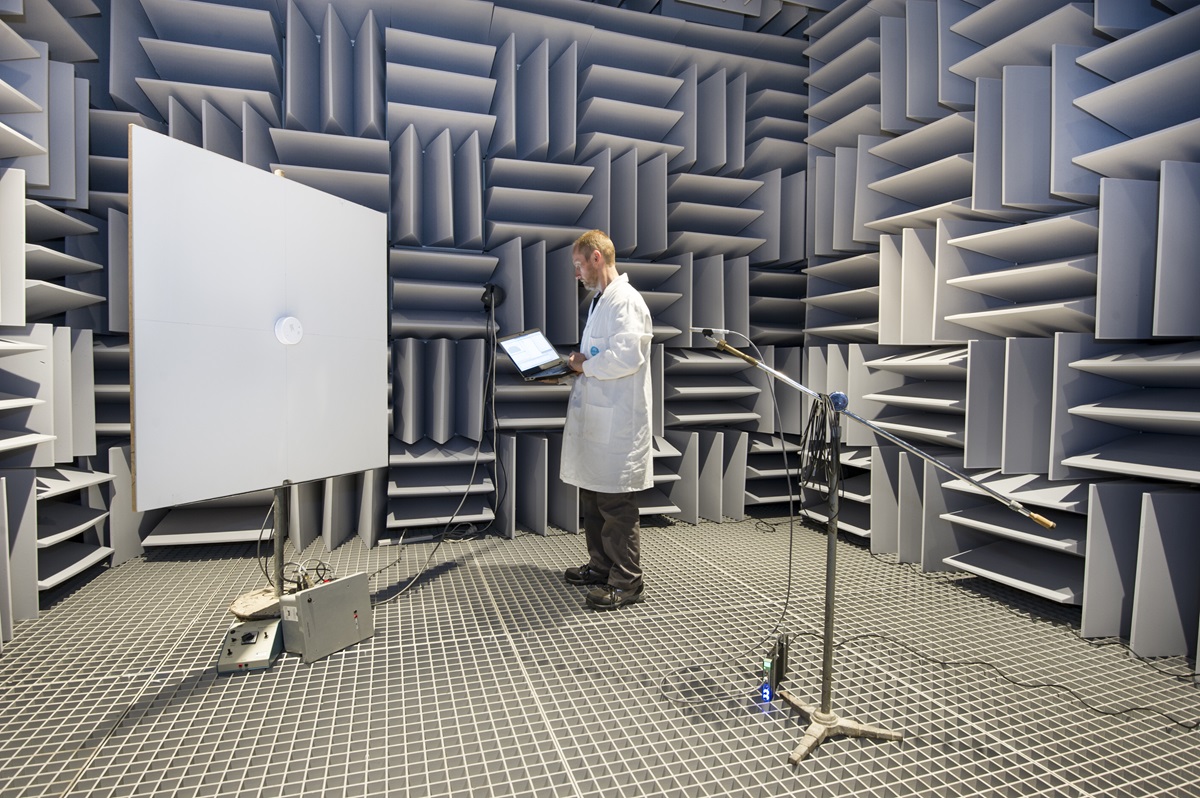Acoustic testing is a process used to measure the performance of materials in terms of sound absorption and transmission. It is a useful tool for ensuring that materials used in construction meet the necessary standards for soundproofing. In order to understand the basics of acoustic testing, it is important to understand what is involved in the process.
Acoustic tests are tests used by engineers and scientists to measure the performance of sound systems and components. Acoustic tests measure the sound pressure level, frequency response, distortion, reverberation and other sound-related properties. These tests can be used to evaluate the performance of a new system or to troubleshoot an existing system.

Image Source: Google
What is Acoustic Testing?
Acoustic testing is a process used to measure the performance of materials in terms of sound absorption and transmission. The test involves measuring the sound pressure level at a specific frequency. This is done by using a microphone to measure the sound pressure and then calculating the sound absorption rate.
Testing Equipment
The testing equipment used for acoustic testing needs to be in good condition and properly calibrated. The microphone used to measure the sound should be placed at the appropriate distance from the material being tested. Additionally, the equipment should be properly grounded to prevent interference from external sources.
Testing Procedure
The acoustic testing procedure should be carried out in accordance with the standards set by the relevant regulatory body. This includes making sure that all of the required measurements are taken, as well as ensuring that the measurements are accurate. The results of the test should be recorded in a report, which should be signed off by an independent expert.
Benefits of Acoustic Testing
Acoustic testing is a useful tool for ensuring that materials used in construction meet the necessary standards for soundproofing. It can also help to identify any potential problems with the materials, such as poor sound absorption or transmission. Additionally, the results of the tests can be used to inform decisions about how to improve the soundproofing of a building.
Conclusion
Acoustic testing is an important tool for ensuring that materials used in construction meet the necessary standards for soundproofing. In order to understand the basics of acoustic testing, it is important to understand what is involved in the process, from the testing equipment to the testing procedure. Additionally, the results of the tests can be used to inform decisions about how to improve the soundproofing of a building.